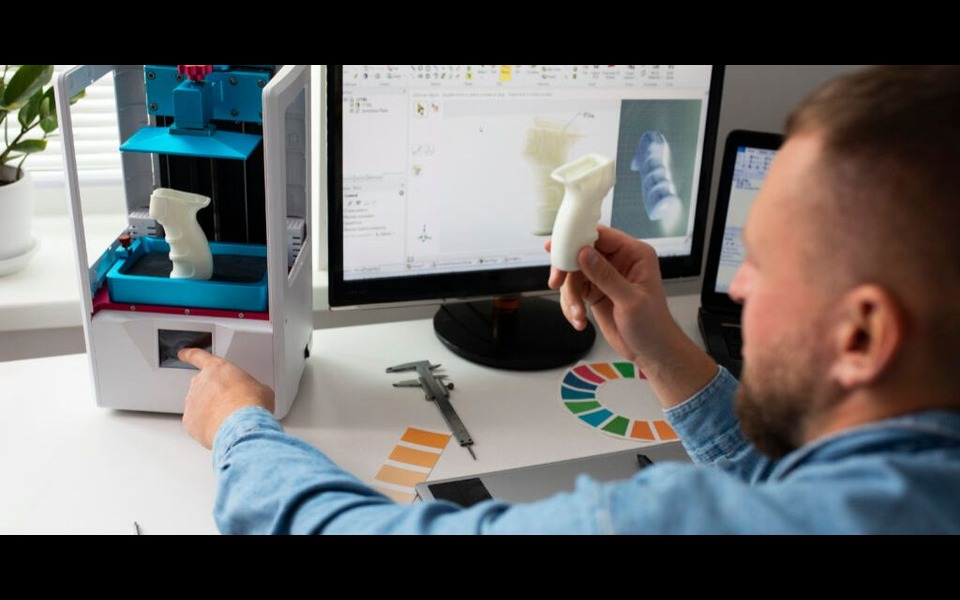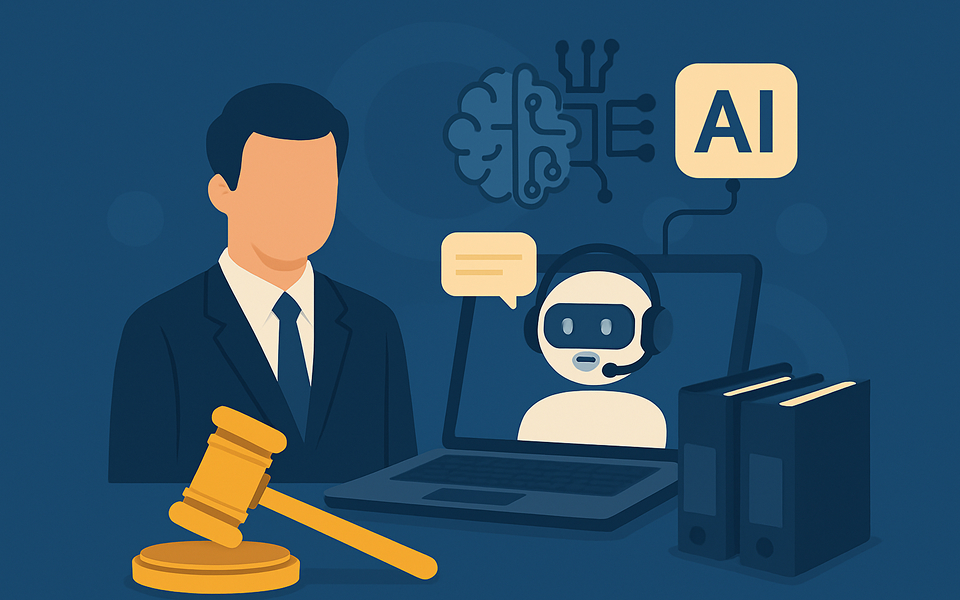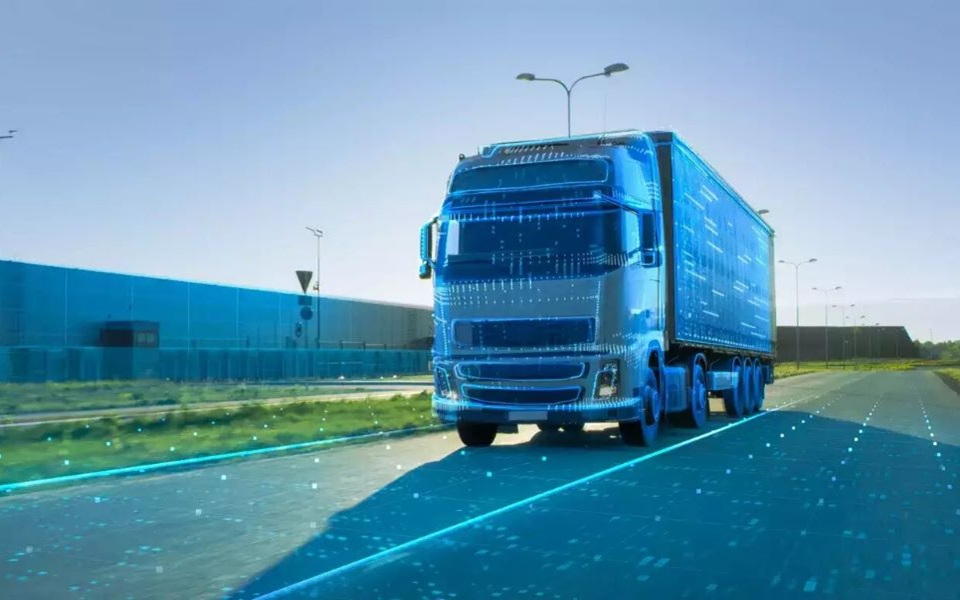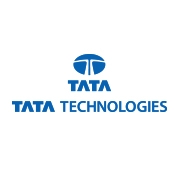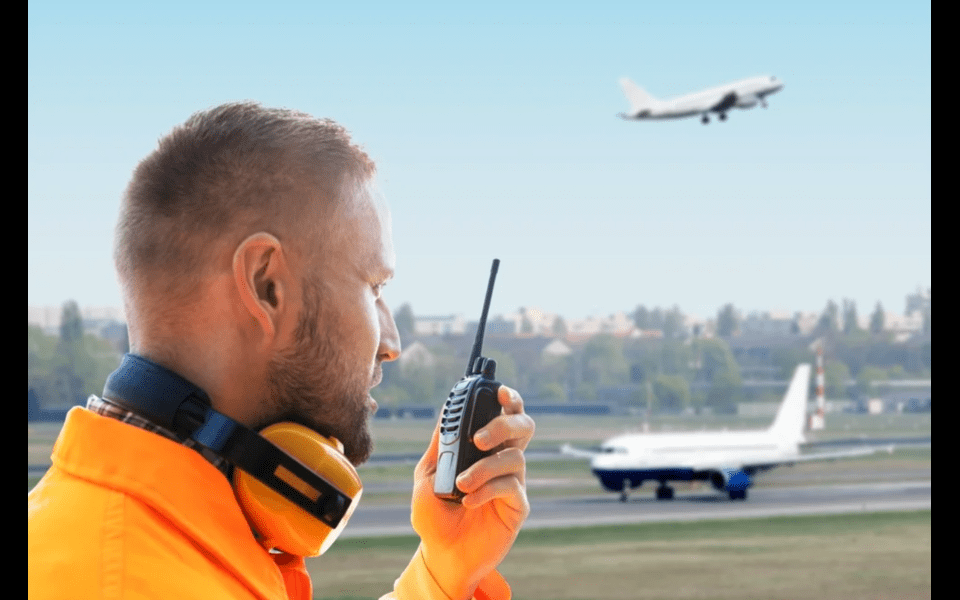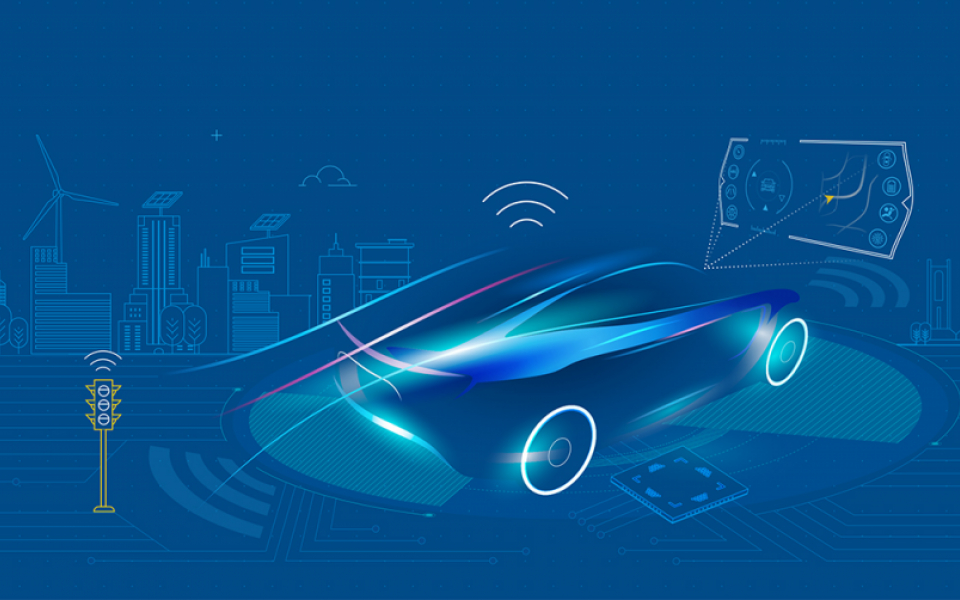Can the Vehicle be Smart?
Can a vehicle be smart enough to provide the service that is needed by a vehicle user? Vehicle manufacturers are building vehicles based on end-user needs. How can vehicle manufacturers build their vehicles smart enough to make use of the current technological and communication systems?
With the recent improvements in technology and communication systems, for example, AR, 5G, cloud computing, etc., are these systems effectively used? The answer is no. So how can the vehicle manufacturers make use of these recent improvements and build their vehicles to be smart and intelligent enough to provide the service that is needed by the vehicle user?
Let’s build it, How To
With 5G in place, vehicle manufacturers build their systems in such a way that the vehicles can be connected to the cloud environment to connect with vehicle manufacturers' cloud systems (VMCS). Vehicle-to-the-cloud connectivity is established through a 5G network, sometimes 4G, an existing network, or an upcoming satellite network. The functionality of a feature is based on the network bandwidth and connectivity. With 5G networks with high bandwidth and low latency, vehicles can be designed and built smart enough to use these technologies.
Let’s assume the vehicle manufacturer builds a smart vehicle in such a way that the vehicle can be connected to the VMCS and exchange data in real-time. The data that is exchanged can be of two types: system data and user data. The data that is collected from the vehicle and the vehicle’s subsystems could be treated as system data, as could the data that is collected from users based on their interactions, for example, source, destination, travel history, current location, etc.
This SV VMCS is different from Apple’s CarPlay, Android Auto (Google’s Version), and Connected Car. In these systems, the mobile device will be used primarily for communication whereas in the VMCS the vehicle will be directly connected to the network systems and the mobile device can be used as an extension for some use case which is described below.
Data Privacy & User Consent
The data that is collected at VMCS should be highly secured during transit and at rest. The vehicle manufacturer should have prior written express consent (PEWC) from the owner at the time of purchase or enabling the smart vehicle (SV) system. At any point, the personal data that is collected shouldn’t be disclosed to anyone without the user's or owner’s consent, and it should be compliant with country-specific data privacy standards like GDPR in Europe.
Smart Vehicle (SV) Communication
The smart vehicle system should be able to communicate with the VMCS system. The SV system communication should be protected both in transit and at rest. As mentioned earlier, the SV system will be connected to the VMCS through 5G/4G networks or upcoming satellite networks. The SV system can request a response from VMCS, and similarly, VMCS can also push software updates that are necessary to the SV system, along with proactive notifications, etc. The VMCS could be also Unified Communication functionalities that builds with efficient proactive bots that service the requests and send notifications to the Owners.

Proactive Notifications & Software Updates
The VMCS can either push the most recent software version that needs to be updated at the Smart Vehicle Systems or respond to a user request. By connecting VMCS to the vehicle, the manufacturer incorporates intelligence into the vehicle, such as periodically checking the collected system data to see if all of the parameters are correct or if any notifications need to be sent to the vehicle owner so that the owner can proactively resolve any upcoming issues. Also, the owner can ask for any help or information about a request that he is looking for. Not all owners are aware of all the features of the vehicle they own. And the request could be something like the owner wanting to know about a feature, how to use it, etc.
Smart Vehicle Use Cases
Several use cases can be built around the smart vehicle system to make it easier for the user or owner to use the system to meet their needs.
- How to use a Feature
- How to do basic troubleshooting
- Remote Assistance
- On-Site SME Assistance
- SV Object Sensors for School Buses
- Automated Emergency Call & Message notification
How to use a Feature
For example, an owner wants to know how to use a vehicle feature. Currently, the owner must search the manuals, call someone, search online, etc., and finally reach the vehicle manufacturer’s customer care. Based on the Customer Support Representative's (CSR) skill set, the call will be answered. Instead, with the Smart Vehicle (SV) system in place, the owner makes the request, and the SV system could search and find its local repository (cache) and fetch the corresponding user manual and play it to the owner. If the SV couldn’t find a response locally, it could send the request to VMCS to get a response.

SV could cache the recent response for future use. Once the response is received, it could be played on the display screen and the User/Owner is able to watch the user manual Videos & learn how to use that Feature-A without anyone’s help.
How to do basic troubleshooting
For example, if the user or owner wants to know how to do basic troubleshooting, they can request help and specify the type of help they need. SV can send the request to the VMCS system with the help of an automated bot service, and VMCS can collect additional details if required and send the response as video content. VMCS can use the same method that the user or owner can use for basic troubleshooting to push the response that appears on the SV display screen.
The video response can be mirrored to the user's or owner’s mobile device, which can be used for AR contents, where the user must enable video and the AR app can highlight or display the user manuals or troubleshooting contents.

Remote Assistance
With this type of facility in place, the user or owner can request remote assistance. The VMCS gathers the required information and connects the user/owner's call to a Customer Support Representative (CSR).The CSR will be chosen based on the skill set, collected system data, and route of the request to the appropriate CSR. The user's or owner's call is connected to the CSR, who can assist the user or owner further. If required, CSR can send a link to the user's or owner’s mobile phone, where the user or owner can be connected to a video call with CSR.
With a 5G network in place, SV can make use of high bandwidth and low latency to stream video content. With AR in place, CSR can highlight or point arrow marks on the streaming video, and the user or owner identifies and resolves the issue quickly.

On-site SME Assistance
To the extent of the above use case, if the user or owner is unable to fix the issue by themselves, the CSR can arrange or facilitate the services of a subject matter expert (SME) who is available nearest to the user or owner.
SV Object Sensors for School Buses
With SV the school bus will benefit more, the parents after sending their children to school on a school bus, should be able to track where the Vehicle is traveling at present & whether the children reached the school safely. It might seem an existing use case, with the smart design, will this happen in the smart vehicle & who will own and provide this service whether the vehicle manufacturer or School or the 3rd party service provider, or it could be a collaborative effort.
Though there are many applications for object sensors, one of the most common is after the school bus arrives at the school and the children get off, the children will sometimes go and stand on either the backside or the front side of the vehicle. Chances are the school management might employ elderly drivers with low vision. If these situations arise, it is likely that the elderly drivers will take the vehicle, and children will be injured or killed.
With SV Object Sensors in place, SV can sound an alarm inside the school bus and notify the driver. This could be a lifesaver for both children and parents. Object sensors could use the SV Camera to identify whether it’s a child standing or any other physical object and take a decision accordingly. Since the SV has connectivity with the VMCS, any software changes or modifications can be done accordingly.
Authentication
The user or owner should authenticate themselves before interacting with the vehicle so that their interactions are safe and secure. How could the smart vehicle identify the person who is requesting the SV as the actual user or owner? There are several authentication techniques available, and the SV can use any one of them or a combination of more than one. For example, voice biometrics, which are validated with the VMCS, PIN authentication, face detection systems, etc.
Automated Emergency Call & Message notification
In the event of an Emergency, the SV can automatically call the VMCS and share the emergency content. According to the message, VMCS could take emergency or necessary action by calling the nearest Hospital to send an ambulance or alerting a supervisor to take appropriate next actions. The SV should ensure & designed in a way the physical damage is not blocking the automated calling functionality.
Value Added Services – Building Data Mining & AI Solutions
More system and user data are being collected at VMCS, which may allow for data mining and the development of AI solutions. With the collected system data at VMCS, the manufacturer could identify a pattern for certain scenarios that could help improve the current system design.
For commercial purposes, the system can analyze data from the previous 6 or 12 months to determine how frequently this smart vehicle traveled from source to destination, how long the vehicle parked in a geo-location or a shop, and so on, and based on the data, it can highlight recommendations and suggestions and provide value-added services to the user or owner.
However, it is critical that the VMCS obtain proper consent from the user before consuming the system data and user data, which are very personal to the user or owner. The vehicle manufacturer should not share personal content with third parties, as this would violate user privacy and legal compliance.
Conclusion
There could be many use cases built around the Smart Vehicle system and according to user needs, demands and usability. Security and Safety must adhere at all levels while building such use cases.
The Smart Vehicle system can be built using collaboration between Vehicle Manufacturers and Service Providers. It’s up to the Vehicle Manufacturer’s capability whether they want to focus & put additional efforts more on building a Smart Vehicles subsystem that can communicate with the VMCS or tie up with Service Providers who can provide the services. The whole intention is how to use the latest technology and communications to build a Smart Vehicle so that it’s useful to the User/Owner and Vehicle manufacturer.






